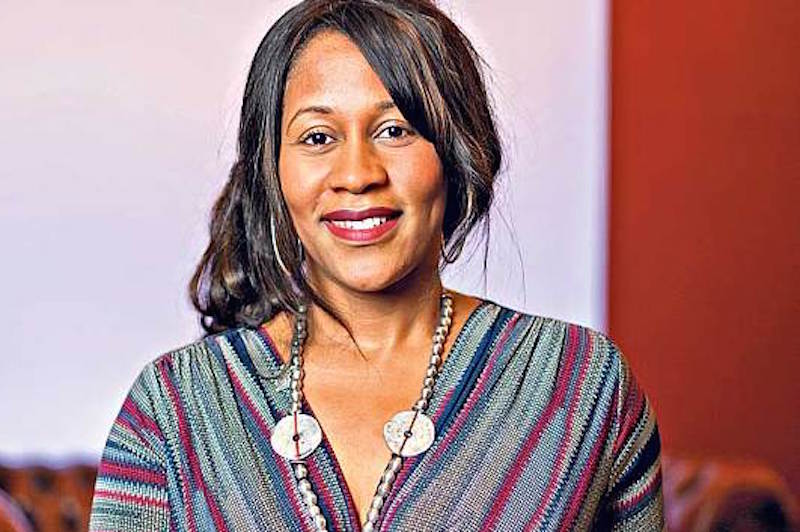Maja Pawinska Sims 02 Mar 2018 // 10:00AM GMT

LONDON — WPP has published its gender pay report, revealing a pay gap of 14.6% across its UK agencies, compared with the overall national figure of 18.4%.
WPP reported figures for the 18 agency groups with more than 250 employees that are now required to report on pay by gender, plus the holding company itself.
The gender pay gap is defined as the difference between the average hourly earnings of men and women. All companies in Great Britain (not Northern Ireland) with more than 250 employees are required to report their gender pay gap to the Government Equalities Office by 4 April this year.
Y&R Group, which includes Burson-Marsteller, Cohn & Wolfe (now Burson Cohn & Wolfe) and Axicom, had a median pay gap of 14.6%, while at Ogilvy & Mather Group it was 24%.
Buchanan, Clarion and Finsbury are not covered by the report, released the same day as WPP’s flat preliminary annual results.
Of all the groups featured in the report, the worst median pay gap was at J Walter Thompson, with 44.7%. The best was Kantar Media, with 12.7% in favour of women. The only other group that pays women more than men is Hill+Knowlton Strategies, with a median pay gap of 3.9% in favour of women.
WPP has a gender-balanced workforce in the UK – 51% men and 49% women – but there are fewer women in senior executive roles. The group points out that this reflects the wider marketing services industry: according to the Institute of Practitioners in Advertising less than a third (30.5%) of those whose job title is chair, chief executive or managing director are female.
The agencies with the most gender-balanced ratio in the top salary quartile are H+K (51% women), Millward Brown (52% women) and Grey Advertising (55% men). All other agencies have a gender balance gap of more than 10 percentage points.
The report includes case studies of women in WPP firms, including H+K head of business development Sam Lythgoe, Finsbury head of digital Yim Wong and new UK country manager Karen Blackett.
Commenting on the report, Blackett said: “WPP does not struggle to attract female talent. We have a gender-balanced workforce and all our companies work hard to ensure everyone is treated equally and has the same opportunities to develop in their career.
“Nonetheless, in common with the industry as a whole, we need to do more to change the gender profile of our leadership teams if we are to close our pay gap.”
She continued: “From my own experience I know that greater diversity, inclusion and gender balance leads to more successful and rewarding workplaces. Our challenge is to make sure that our management teams better reflect our business as a whole.”
The report details the group’s investment in programmes to encourage and accelerate the development of female leaders, with the goal of equal representation at the most senior levels of the business. Blackett said this would include “actively promoting best practice in recruitment, training, mentoring, parental leave and flexible working within our companies.”


































.jpg)

















